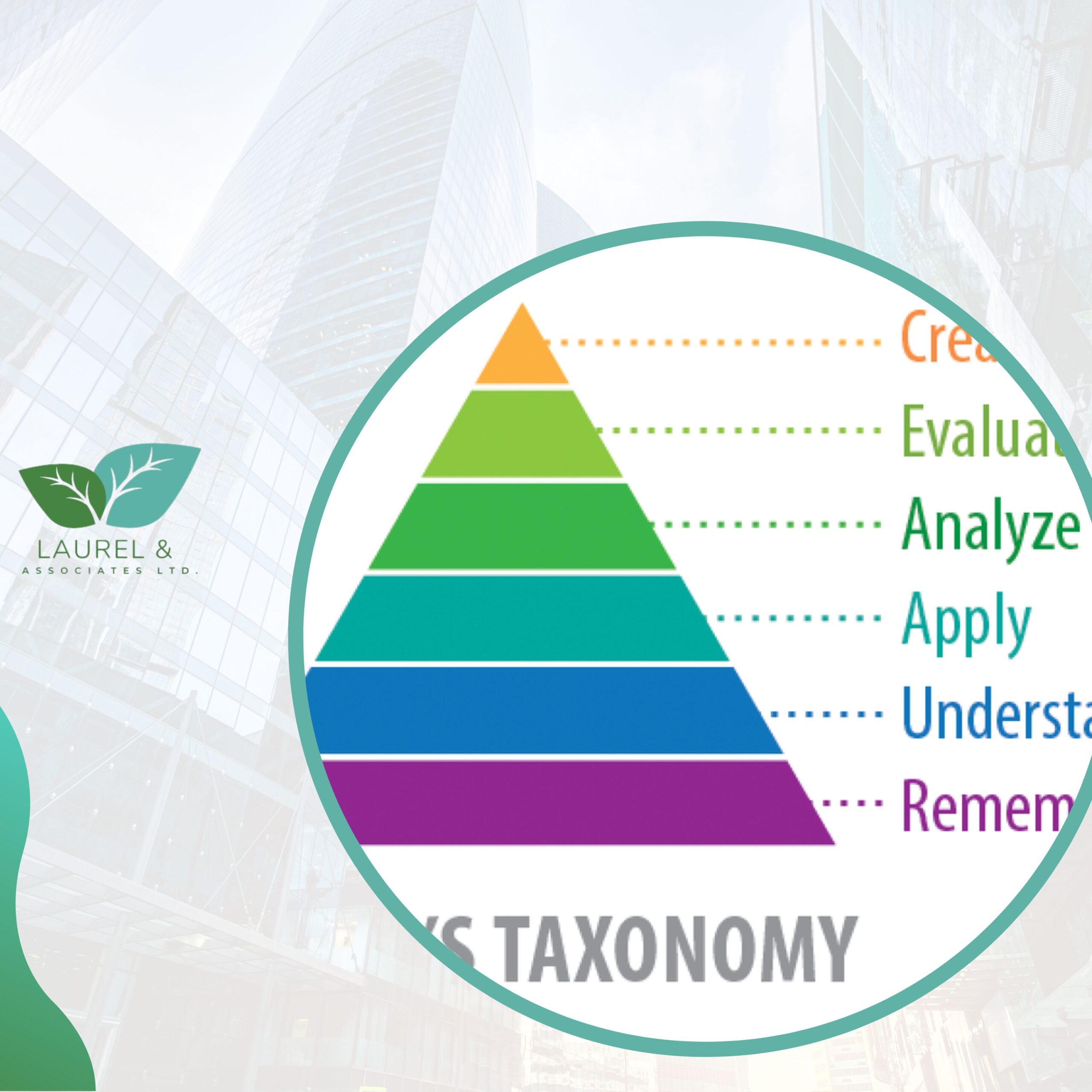
Tip #269: Save Interactivity for Complex Subjects
This Tip discusses research findings that it is better to save interactivity for complex subjects instead of basic skills. Last week, we discussed the fact

This Tip discusses research findings that it is better to save interactivity for complex subjects instead of basic skills. Last week, we discussed the fact

This Tip looks at how I fixed the disconnect between my message and my semantics: learning versus training. Learning versus Training For a long time

Amy Dietrich provided this Gray Elephant Ice-Breaker to get everyone on the same wavelength while having fun. “Gray Elephant Ice-Breaker This exercise gets everyone on

This tip offers the idea that instead of focusing on handling late participants, we reward on time participants. Handling Late Participants Penalize Late Participants This

I truly believe that all good trainers have a theatrical aspect that enhances and enriches the learning experience for their participants. Many years ago, I

There are three ways to view the revised Bloom’s Taxonomy model, with thanks again to David A. Sousa in How The Brain Learns: Three Ways

This Tip compares the previous and the currrent levels of learning in Bloom’s Taxonomy Cognitive Educational Objectives. Previous Levels of Bloom’s Taxonomy In 1956, Benjamin

This Tip is about the importance of humor or a light touch when presenting serious topics. We Need a Light Touch on Serious Subjects Some

This Tip discusses my concern about how to avoid overwhelming participants with all the kinesthetic objects on their tables. If you have read many of

Puzzles and paddles are unexpected prizes that keep participants occupied long after they are received. Puzzle Balls There are all sorts of puzzles. The ones

This Tip introduces the UCLA Mastery Teaching Model, intended to ensure that learners are set up for success. The UCLA Mastery Teaching Model The fourth

This Tip looks at the Taxonomy of Educational Objectives which identifies the building blocks of learning. The Taxonomy of Educational Objectives The third model is